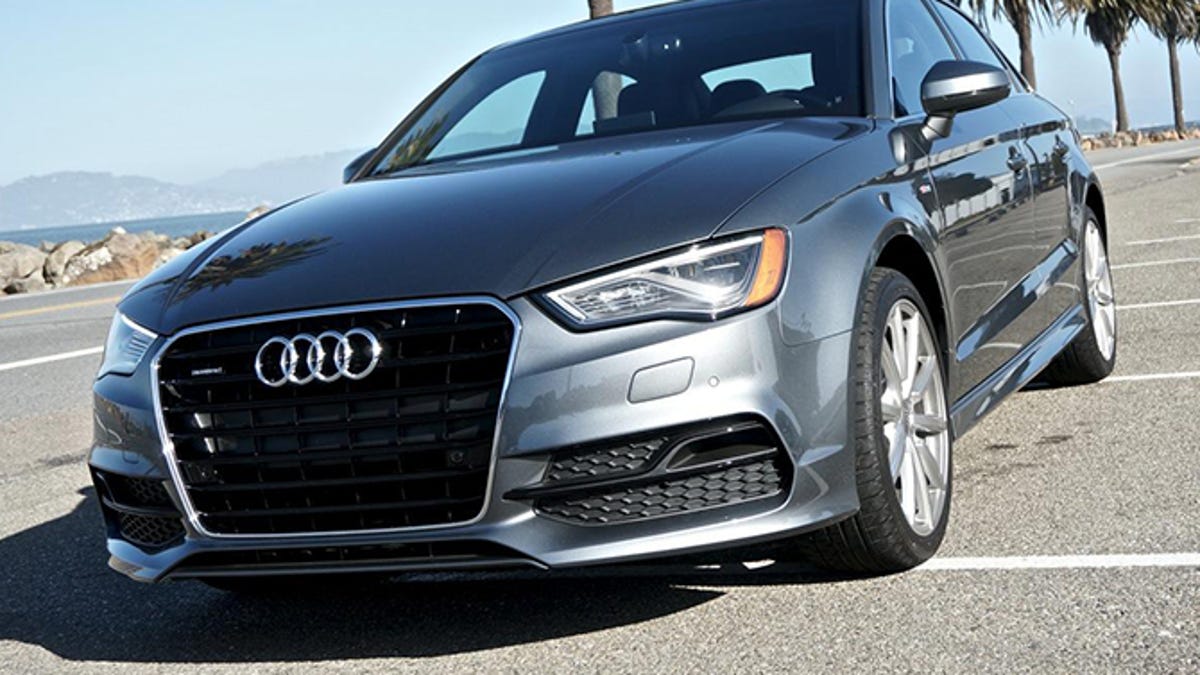CNET selects Tech Car of the Year nominees for 2014
We've driven them, given them voice commands, listened to their stereos, and followed their route guidance suggestions. Now it's time to find the best tech car of 2014.

With 2014 coming to a close, CNET's automotive editors look back at the cars we have driven to determine which should earn our Tech Car of the Year award. As opposed to when we began looking at cars for their tech 10 years ago, navigation systems and digital audio have become de rigueur. The high achievers these days include data connections and apps, along with advanced driver assistance systems.
Drivetrain and handling tech figure into our selection, which not only means drivetrains with some sort of electrification, but also advanced suspension systems that offer more than a compromise between hard and soft.
After considering our year's worth of cars, we narrowed it down to five nominees, offering them here for your comments and consideration. Please peruse the list and add your vote in our poll. In two weeks, we will make our final selection for the winner of the 2014 Tech Car of the Year award, and present the Car Tech 10, a selection of notable achievements from the automotive world over the past year.
Nominees
Audi used the A3 as a vehicle for introducing a 4G data connection into a production car, running neck-and-neck with GM for that distinction. However, Audi did more with that connection than GM, powering Google Earth-derived maps in the navigation system and other connected infotainment features. In fact, the A3 boasts more robust cabin tech than its higher-priced siblings. The drivetrain lacks electrification, but Audi's turbocharged, direct injection engine proved satisfying and efficient.
Beyond the high-tech carbon fiber construction, the i8 comes with a turbocharged 1.5-liter engine at the rear wheels, working through a six-speed gearbox, and an electric motor driving the front wheels. In addition, a second motor serves to smooth over turbo lag. It's an impressive bit of drivetrain engineering, aided by plug-in capability allowing limited zero-emission driving.
The Fusion Energy adds an electric drive motor and 7.2-kilowatt-hour lithium ion battery to its two-liter engine. With a fully charged battery, that means about 20 miles of pure electric range. Depending on your driving needs, that system can greatly reduce your gasoline bill. In addition, Ford offers an excellent array of driver-assistance features in the Fusion Energi. The car's adaptive cruise control and lane-keeping assistance are near self-driving. Automated parking technology is also quite good, effortlessly steering the Fusion into parallel spaces.
Drive-by-wire steering is the most radical feature in the Q50S Hybrid, but it leads to excellent handling and also enables a lane-keeping system that comes remarkably close to autonomous driving. The hybrid drivetrain creates a satisfying amount of power for the driving enthusiast, yet maintains good fuel economy even when driven hard. Infiniti introduces a new screen-based infotainment interface that proved very usable, along with app integration based on the driver's smartphone.
Along with its pure electric drivetrain, which gives it thrilling speed and amazing efficiency, the Model S earns its place among our nominees for its innovative cabin. The LCD instrument cluster looks good and offers easily understood driving and power information. The massive touchscreen embedded in the center stack gets help from the car's 3G data connection for navigation and music playback. As a bonus, in August Tesla unveiled advanced driver-assistance features such as adaptive cruise control and lane-keeping assistance, filling a much-needed feature hole in the Model S.





